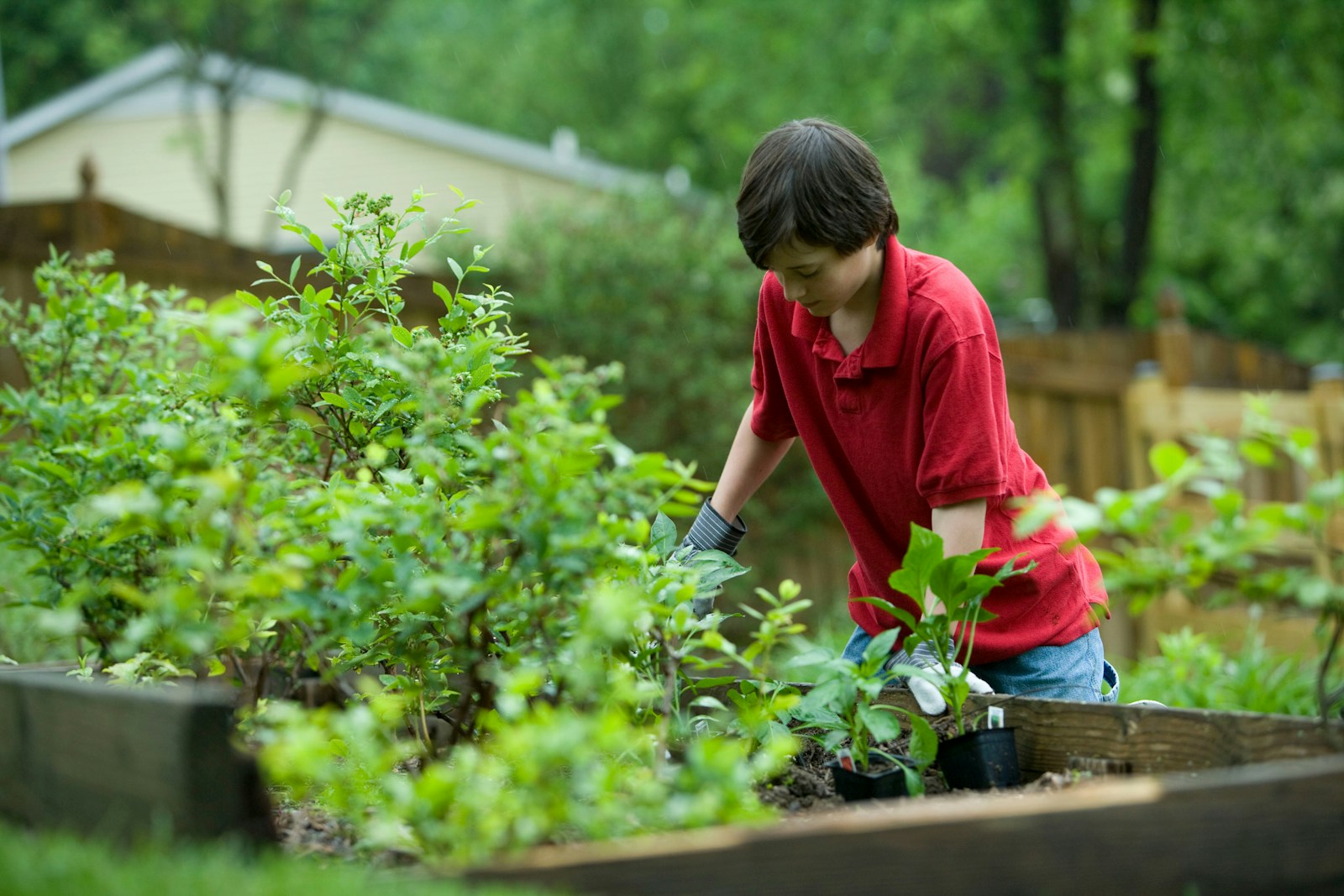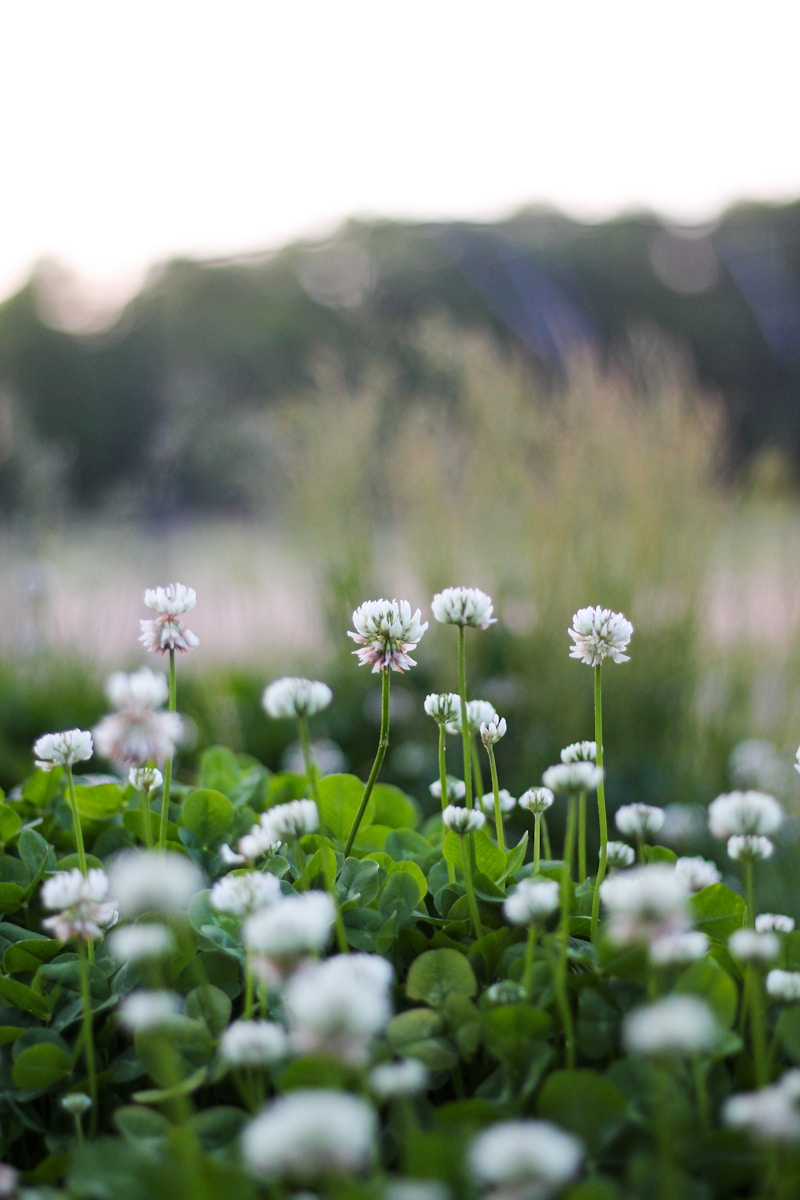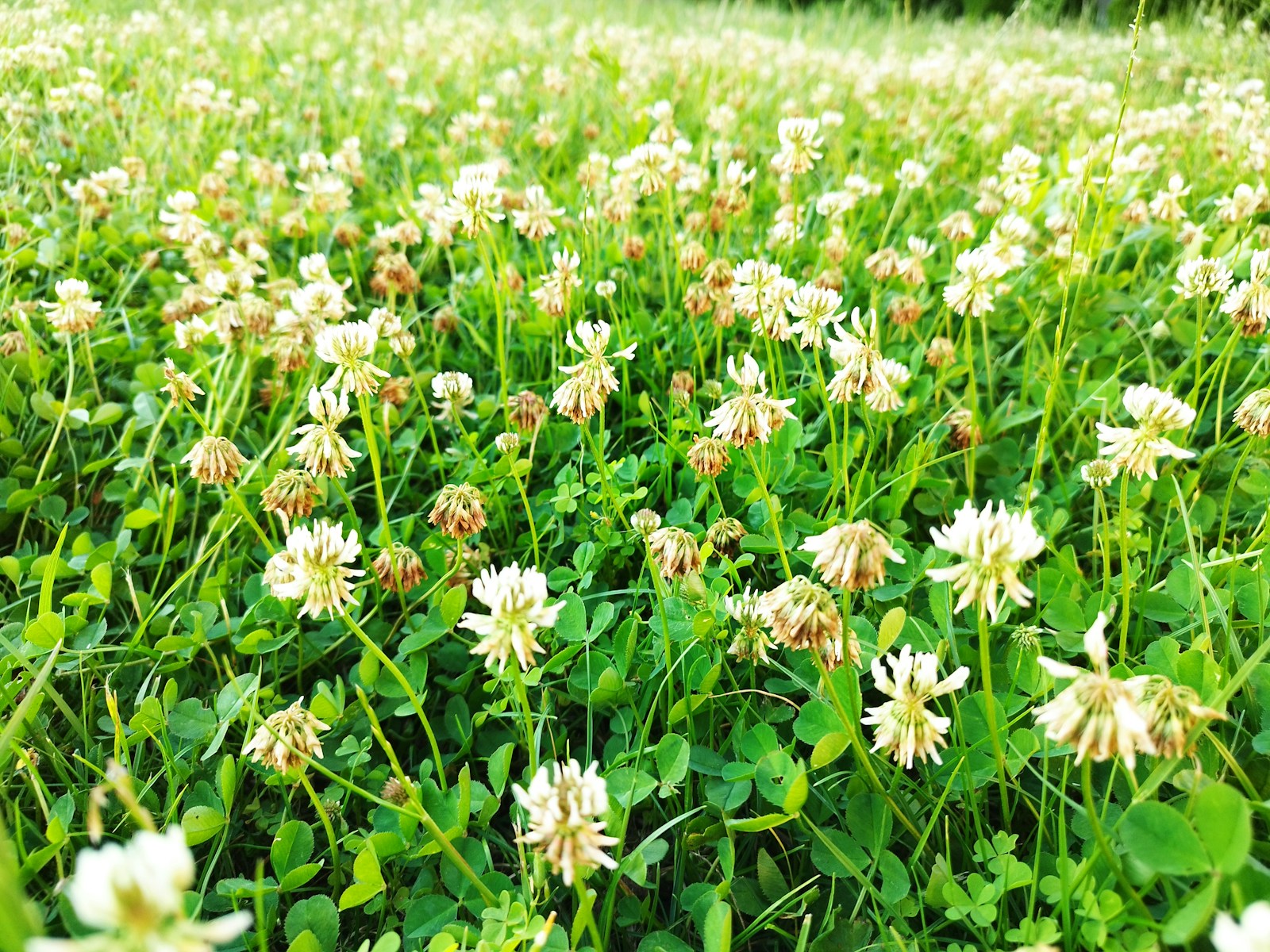Growing a lush, healthy garden starts with nutrient-rich soil, and the best way to achieve that is by using organic fertilizers. Many store-bought options can be expensive or filled with unnecessary additives, but you can easily create your own organic garden fertilizers using everyday kitchen scraps and natural materials. In this article, we’ll explore some of the best organic fertilizers you can make yourself, including coffee grounds, banana peels, and more.
Why Choose DIY Organic Fertilizers?
Using homemade organic fertilizers offers numerous benefits, including:
- Cost savings: Utilize kitchen scraps and yard waste instead of purchasing expensive store-bought products.
- Environmental benefits: Reduce landfill waste and lower your carbon footprint.
- Healthier plants: Avoid harmful chemicals that can leach into the soil and affect plant growth.
1. Coffee Grounds Fertilizer
Benefits:
- Rich in nitrogen, which promotes leafy plant growth.
- Improves soil structure and attracts earthworms.
- Acts as a natural pest repellent against slugs and snails.
How to Use:
- Dry used coffee grounds completely.
- Sprinkle them around acid-loving plants like tomatoes, roses, and blueberries.
- Mix with compost to balance acidity.
Potential Downsides:
- Excessive use can make soil too acidic.
- May develop mold if not properly dried.
2. Banana Peel Fertilizer
Benefits:
- High in potassium and phosphorus for strong root development and blooming.
- Encourages fruiting and flowering in plants like tomatoes and peppers.
How to Use:
- Chop banana peels into small pieces.
- Bury them in the soil near plant roots.
- Blend peels with water to create a liquid fertilizer spray.
Potential Downsides:
- Peels may attract pests if left exposed.
- Decomposes slowly compared to other organic materials.
3. Eggshell Fertilizer
Benefits:
- Provides a calcium boost to prevent issues like blossom end rot.
- Helps neutralize acidic soil.
How to Use:
- Crush dried eggshells into small pieces.
- Scatter around the base of plants or mix into soil.
- Soak crushed shells in water to create a calcium-rich liquid.
Potential Downsides:
- Slow-release fertilizer; takes time to break down.
- Requires thorough cleaning to avoid odor.
4. Compost Tea
Benefits:
- Provides a well-rounded nutrient mix for plants.
- Boosts microbial activity in the soil.
How to Use:
- Fill a bucket with compost and water (1:5 ratio).
- Let it steep for 24-48 hours.
- Strain and use as a foliar spray or soil drench.
Potential Downsides:
- Can develop harmful bacteria if not aerated properly.
- Strong odor if improperly managed.
5. Epsom Salt Fertilizer
Benefits:
- Rich in magnesium and sulfur for healthy plant growth.
- Improves seed germination and nutrient absorption.
How to Use:
- Dissolve 1 tablespoon in a gallon of water.
- Apply as a foliar spray or soil soak.
Potential Downsides:
- Overuse can lead to salt buildup in the soil.
- Not suitable for all plant types.
6. Grass Clipping Mulch
Benefits:
- High in nitrogen, providing slow-release nutrients.
- Helps retain moisture and suppress weeds.
How to Use:
- Spread a thin layer around plant bases.
- Avoid thick layers to prevent mold.
Potential Downsides:
- Can create a slimy layer if too thick.
- May introduce weed seeds if untreated.
7. Seaweed Fertilizer
Benefits:
- Contains trace minerals and growth hormones.
- Boosts plant resistance to disease.
How to Use:
- Rinse seaweed to remove excess salt.
- Chop and steep in water for several days.
- Apply as a soil drench or foliar spray.
Potential Downsides:
- Collecting seaweed may be restricted in some areas.
- Can have a strong odor during decomposition.
8. Wood Ash Fertilizer
Benefits:
- Rich in potassium and calcium carbonate.
- Helps balance acidic soils.
How to Use:
- Sprinkle lightly around plants.
- Mix into compost piles for added nutrients.
Potential Downsides:
- Can alter soil pH if overused.
- Should not be used around acid-loving plants.
Troubleshooting Common DIY Fertilizer Issues
- Bad odors: Ensure proper aeration and moisture control.
- Pest attraction: Bury organic matter or use sealed compost bins.
- Nutrient imbalances: Rotate fertilizer types and monitor plant health.
Environmental Impact of DIY Organic Fertilizers
Homemade fertilizers help reduce waste, minimize chemical runoff, and promote sustainable gardening practices. By repurposing household waste, you contribute to a healthier environment while nurturing your plants naturally.
Final Thoughts
Creating your own organic garden fertilizers is a cost-effective and environmentally friendly way to nourish your plants. With simple ingredients like coffee grounds, banana peels, and eggshells, you can improve soil health and enjoy a thriving garden. Experiment with different DIY fertilizers to find the perfect blend for your plants.



